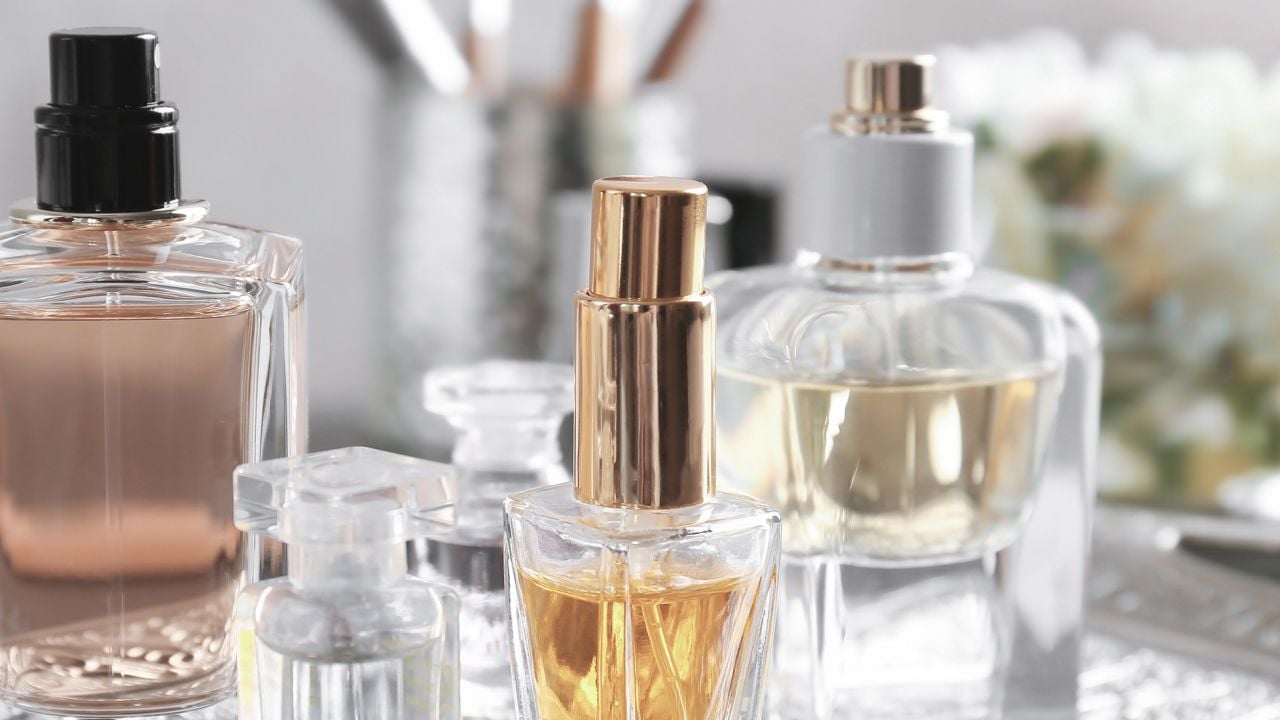How Perfumes Work
Perfume is a fascinating concoction that has captivated humans for centuries. It has the power to evoke emotions, trigger memories, and leave a lasting impression. But have you ever wondered how perfumes work? In this article, we will explore the science behind perfumes and unravel the mystery of their enchanting fragrances.
The Basics
At its core, perfume is a mixture of aromatic compounds, solvents, and fixatives. These compounds are carefully selected and blended to create a unique scent profile. The art of perfume-making involves striking the right balance between different notes to achieve a harmonious fragrance.
The Science Behind Scents
Scents are made up of specific molecules that we sense through receptors in our nose. These molecules consist of atoms bonded together by elastic bonds. When we inhale a scent, these molecules enter our nasal cavity and come into contact with olfactory receptors. These receptors send signals to our brain, which interprets them as different smells.
The Three-Part Smell
Most perfumes are engineered to have a three-part smell that unfolds over time. When you apply perfume to your skin, you initially smell the top notes within the first 15 minutes. These chemicals evaporate off your skin quickly and create an immediate impression. After the top notes fade away, you start to experience the middle or heart notes. These notes are more balanced and form the core of the fragrance. Finally, the base notes emerge as the perfume dries down. These notes are long-lasting and give depth and richness to the scent.
The Art of Perfume-Making
Creating a distinctive perfume is an art form that requires skill and creativity. Perfumers carefully select different ingredients known as raw materials or essences. These essences can be derived from natural sources such as flowers, fruits, spices, or synthetic compounds created in a lab. Each essence contributes to the overall scent profile and plays a specific role in the fragrance pyramid.
The Role of Fixatives
Fixatives are substances that help preserve and enhance the longevity of a perfume’s scent. They slow down the evaporation rate of volatile compounds, allowing the fragrance to last longer on your skin. Common fixatives include ambergris, musk, and synthetic compounds designed to mimic their effects.
The Psychology of Fragrance
Perfumes have a profound impact on our emotions and can evoke powerful memories. This phenomenon is known as scent memory or olfactory memory. Our sense of smell is closely linked to the limbic system in our brain, which is responsible for emotions and memory formation. Certain scents can trigger specific memories or elicit particular emotional responses.
Conclusion
Perfumes are more than just pleasant-smelling liquids; they are works of art crafted with precision and creativity. Understanding how perfumes work adds another layer of appreciation for these captivating fragrances. Whether you’re wearing your favorite scent or exploring new ones, take a moment to savor the intricate blend of aromatic compounds that make up each perfume.
I hope this article provides you with valuable insights into the world of perfumes! If you have any further questions or need assistance with anything else, feel free to ask.
Best Perfume 4U: Good Day💖

.png)


